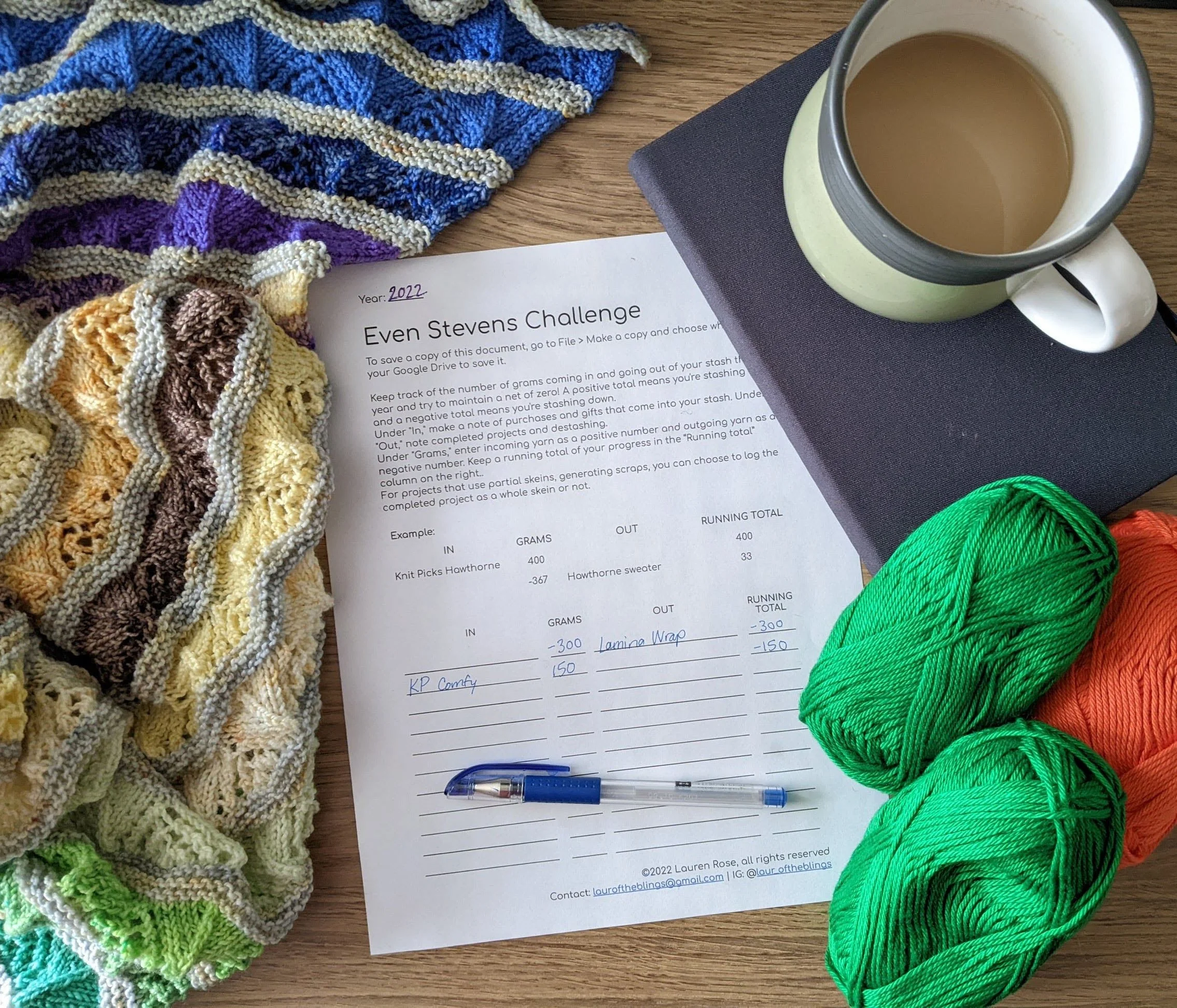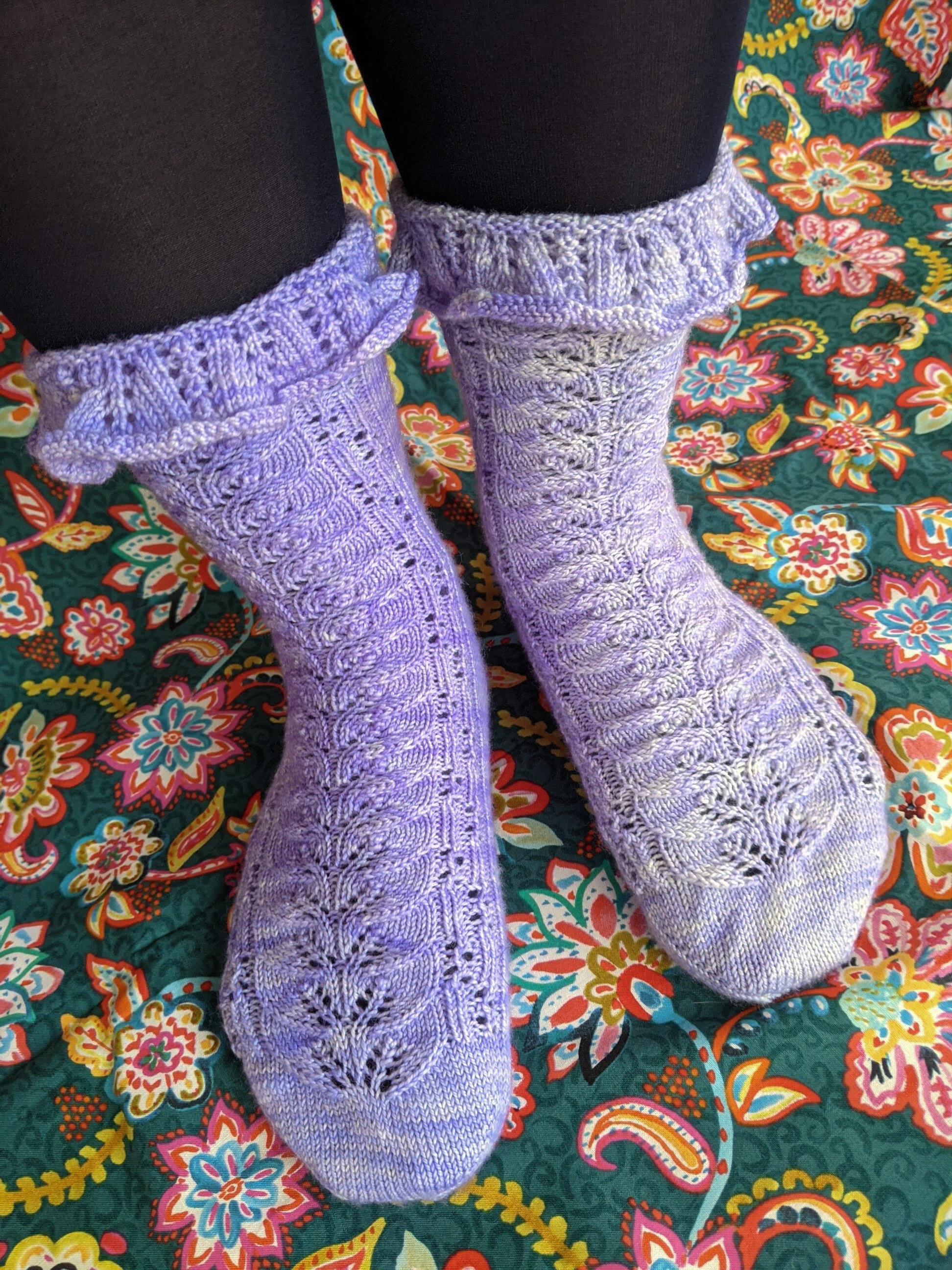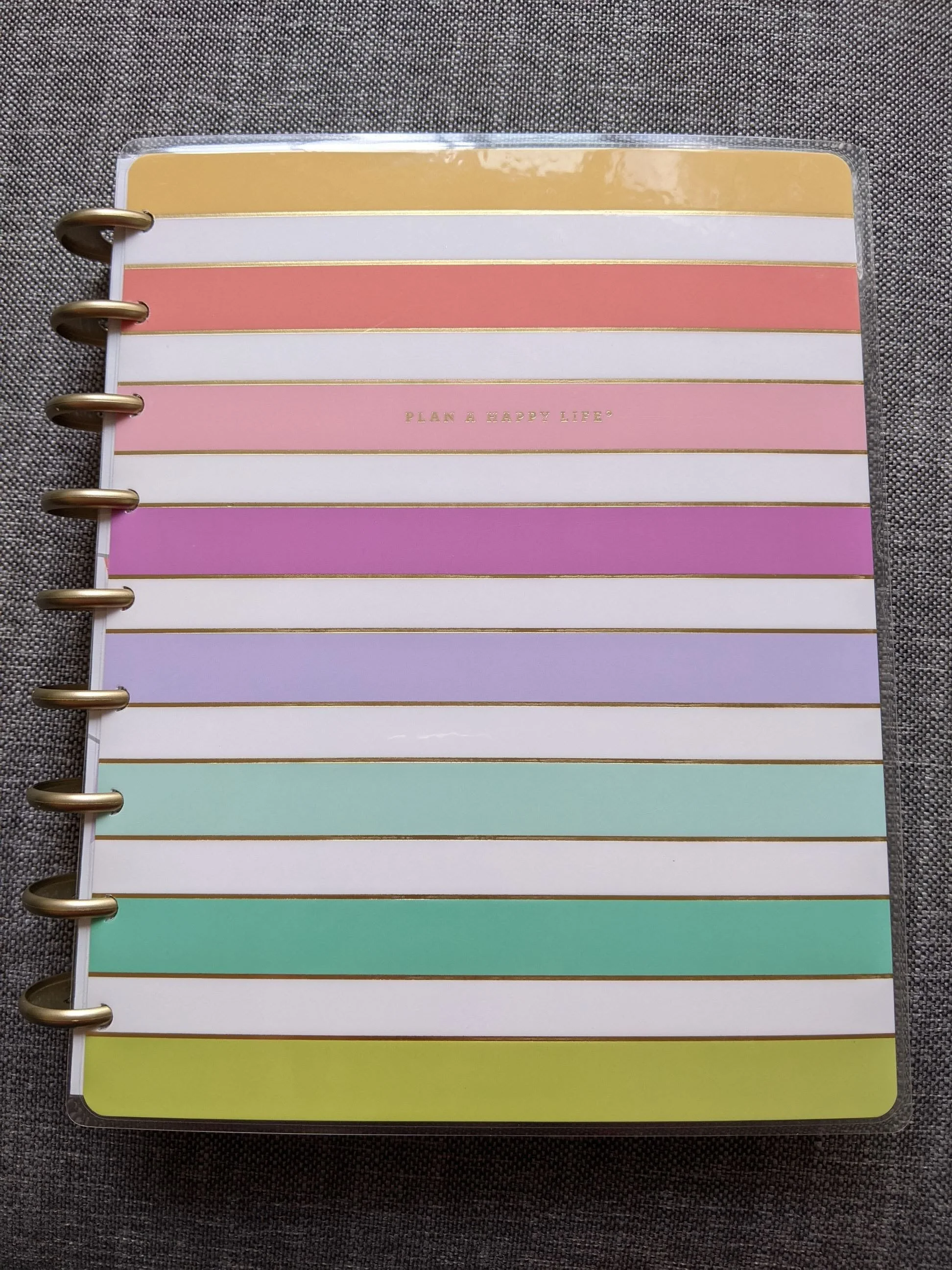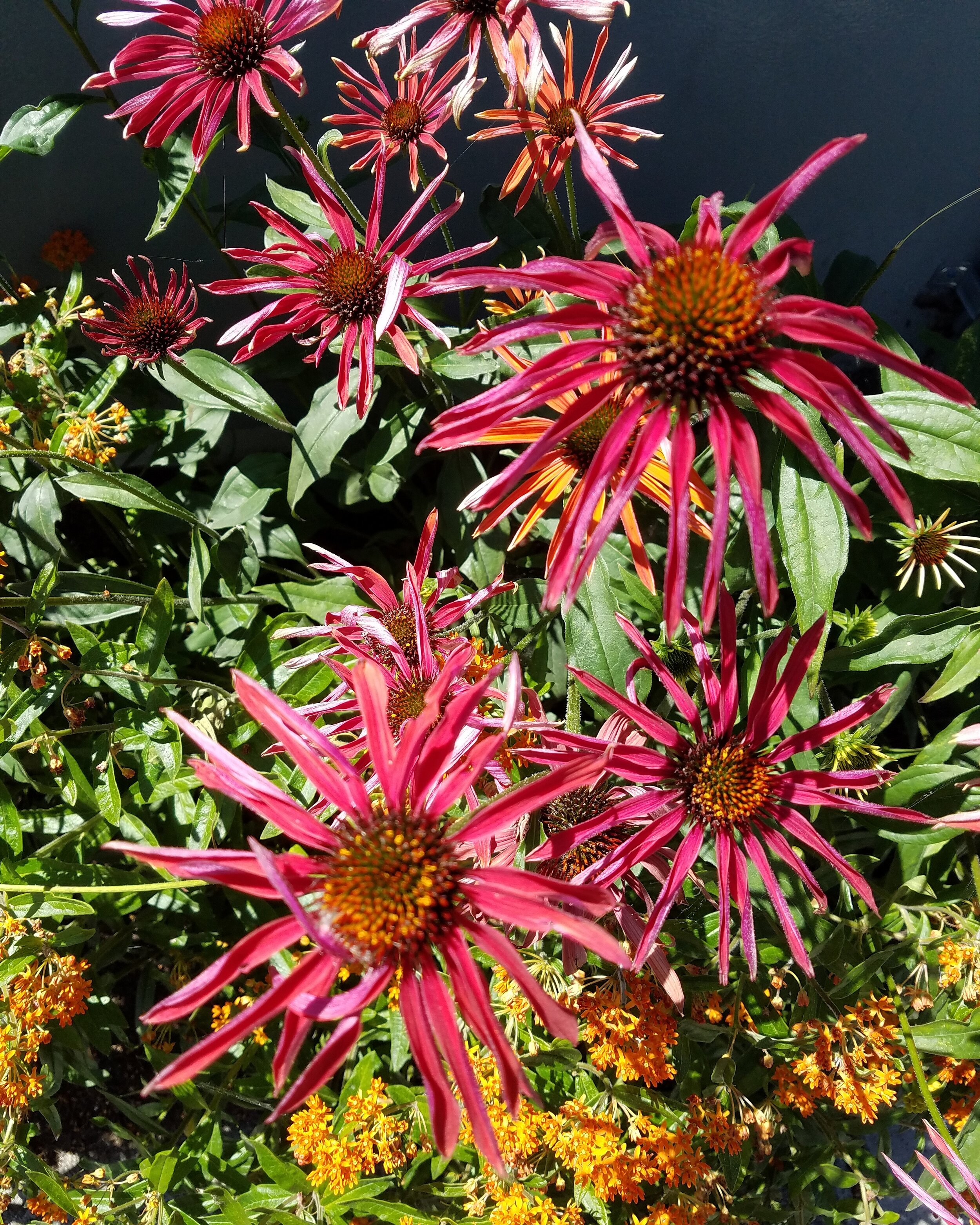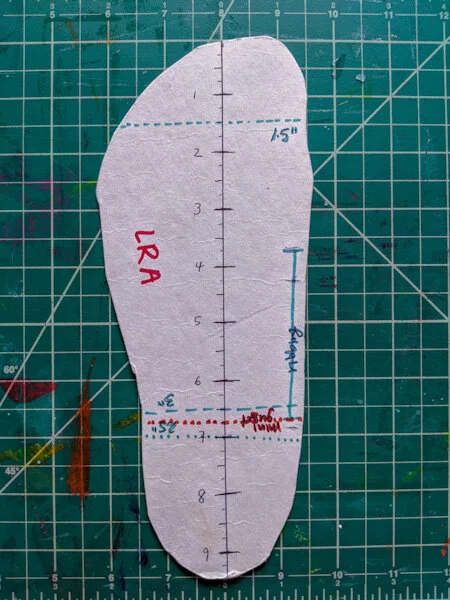Would this have been great to post in July? It sure would have! But I’m getting to it now and that’s just as good.
Plus, it kind of works out in my favor because I happened to do a bit of destashing in September and October, so now I can include that in my overall totals and everything looks VERY nice. (Of course, the stash deficit will be obliterated once all the various holiday and countdown yarn packages start arriving…just let me enjoy this for now!) Missing a few calculations, I’m currently at a deficit of about 1600 grams.
Just to reiterate - the goal of this challenge was to at least break even at the end of the year. So even though I’m celebrating stashing down, if I had at least maintained at the same level, that would be great too! (That said, since I anticipate some incoming yarn at the end of the year, I’m only in a deficit at the moment and may not stay that way!)
Perhaps one of the biggest lessons learned so far is just being aware of my knitting output so I can slow down on input! Especially now that I’ve got a better sense of what kind of things I like to knit and wear I’m less likely to buy a bunch of random weights/amounts of yarn, but I still fall prey to the sock yarn clause. That works great when I’m knitting a lot of socks (and other fingering-weight items), but less so when I’m in a no-knitting funk!
I’m really pleased with my progress so far and I look forward to concluding the 2022 report at the end of December! If you’ve been participating in the challenge, let me know how it’s going in comments.
If you have no idea what I’m talking about, here’s a link to the original post. It’s never too late to get hype about spreadsheets and data tracking!

